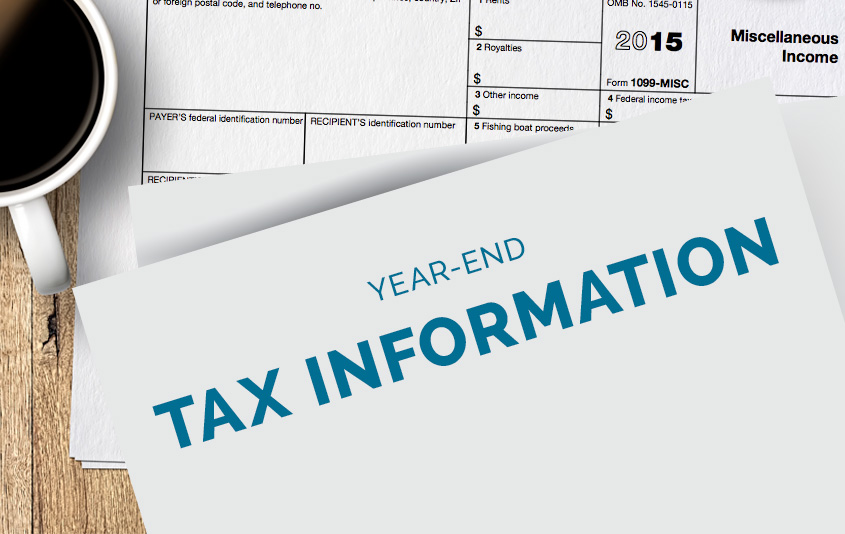Tax Info
TFSA: What’s all the buzz about?
Starting January 1, 2009, Canadians will have a new way to save money with the introduction of the Tax Free Savings Account (TFSA). This is a new registered savings account introduced by the Federal Government in the 2008 Budget. The TFSA will help all Canadians save for their financial goals. The plan offers great flexibility. Funds grow tax free, can be withdrawn at any time on a tax-free basis, and can be used for any purpose.
“My RRSP is meant to save for my retirement. What is the TFSA meant to save for?”
The TFSA is like an RRSP for everything else in your life. Whether you are saving for a down payment on a new house, education or a cottage at retirement, the TFSA lets you save for your life goals, tax-free. Unused contribution room will carry forward indefinitely. This allows individuals to re-contribute whatever amounts they withdraw in future years.

"Who can contribute to a TFSA?”
Canadian residents who are 18 or older can contribute up to $5,000 annually to their TFSA. This amount will be indexed to inflation annually and rounded to the nearest $500 starting in 2010. Beginning in 2013, the annual contribution limit was increased to $5,500.
“Is it better to contribute to a TFSA or an RRSP?”
While both savings plans have different features and benefits, they are designed to complement each other. Generally speaking, it will depend on two variables: 1) your tax rate when you contribute funds and 2) your tax rate when you withdraw funds.
“I am 72 years old and am already withdrawing the minimum amount of RRIF even though I don’t require the income. Is the TFSA the same?”
At age 71 individuals can no longer contribute to an RRSP and must convert it to a RIF where they are required to withdraw the RIF minimum. For individuals who don’t need the income to cover expenses they may contribute that extra money into a TFSA and enjoy continued growth and tax-free savings.
“My mother is currently receiving some Age Benefits. Will withdrawing from a TFSA affect her taxable income?”
Any amounts withdrawn and any gains, losses or income generated by investments held within the TFSA will not be taxable and will not effect eligibility for federal income-tested benefits or tax credits such as the Canada Child Tax Benefit, the Goods and Services Tax Credit, the Age Credit, Old Age Security benefits, the Guaranteed Income Supplement and Employment Insurance benefits.
“Where can I set up my TFSA?”
Most financial institutions will offer TFSAs. We will help you select from a wide range of investment choices. The TFSA is not limited to just savings type accounts. It can hold a variety of investments, including mutual funds, and will depend on your long and short term goals.
Speak to your Financial Advisor about creating a strategy that will work for you.
Tax Class Mutual Funds
Tax-efficient funds designed for Canadians investing outside of their registered accounts. Tax Class Funds allow investors to switch between different investment funds without triggering a taxable event, such as a capital gain.
Tax Class Funds are ideal for investors who:
- Are looking for great investment ideas outside of their RRSP
- Want to defer capital gains (or losses) that result from switching
- Want to invest in funds with proven track records and well-established histories
How Do Tax Class Funds work?
- Designed for non-registered investments
- Allows switching from one fund to another within the Tax Class structure without triggering immediate tax consequence
- Switches occur on a tax-deferred “rollover” basis resulting in capital gains (or losses) not being realized at the time of the switch
- Capital gains (or losses) are deferred until the investment is eventually redeemed
- As long as the switch to fund is within the Tax Class structure, investors may place switches without triggering immediate tax consequences
Benefits of Tax Class Funds
- Defer taxes when switching between funds within the Tax Class structure
- A wide selection of eligible funds
- Experience different management styles
- Enhance the opportunities of asset allocation
- Invest in funds with a proven track record
